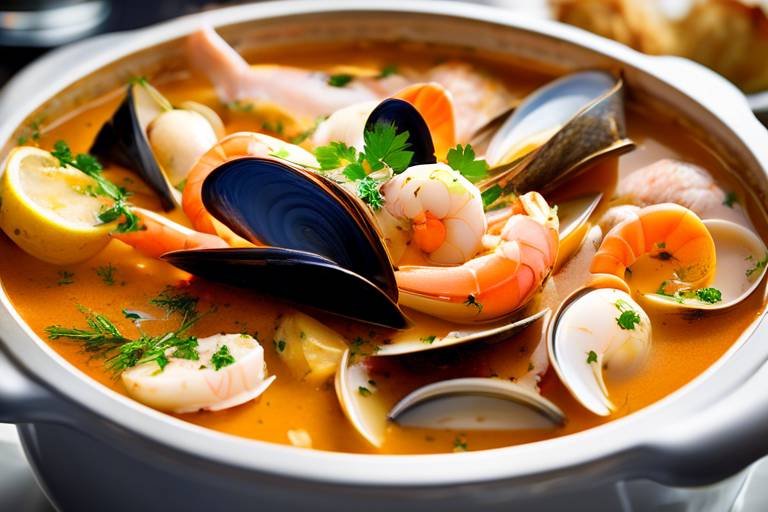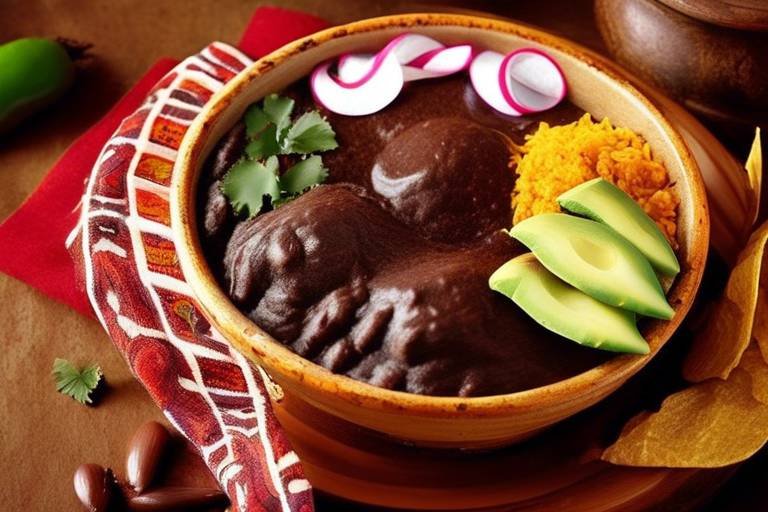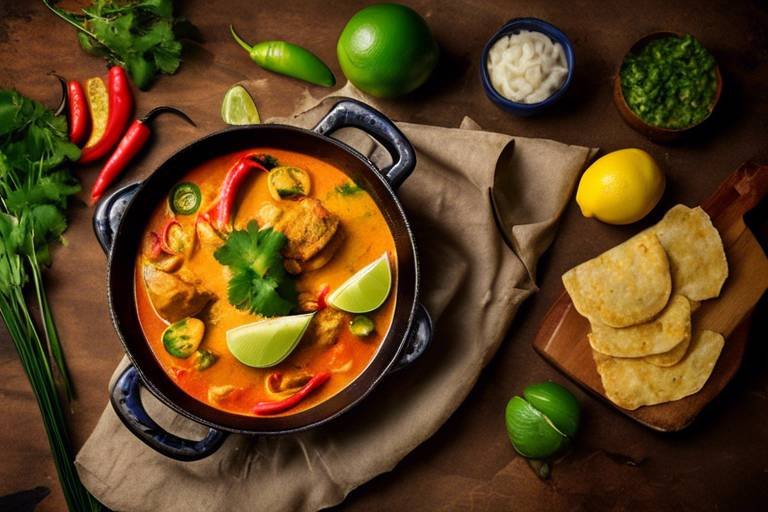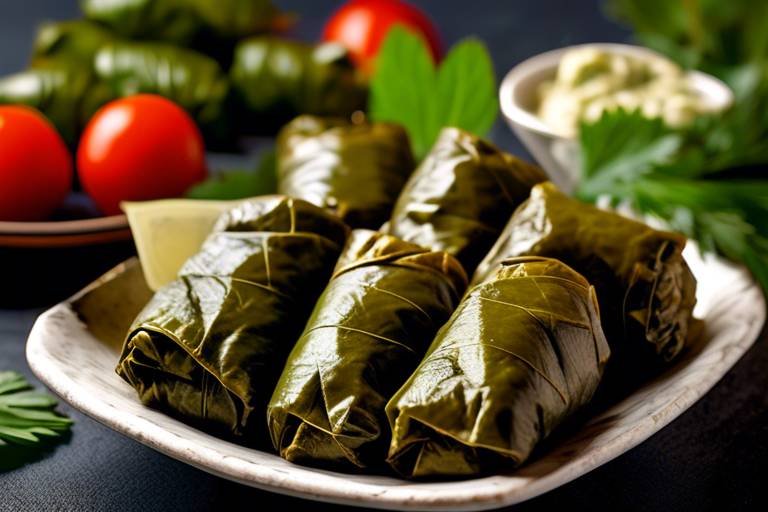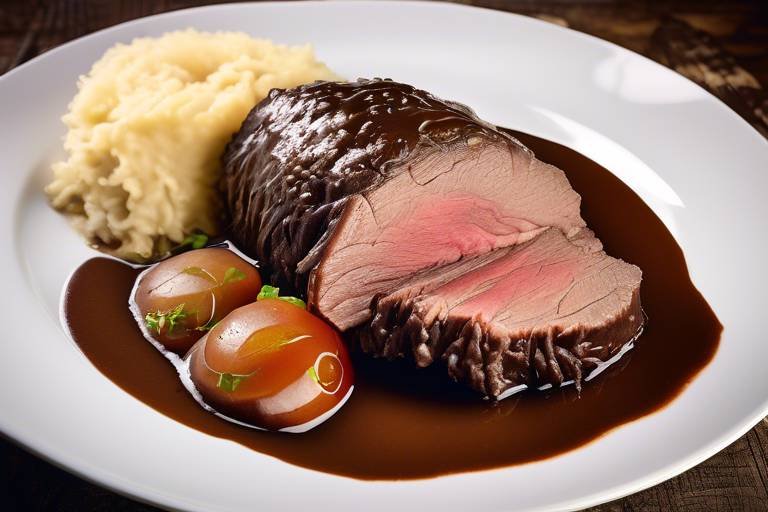The Ultimate Guide to Authentic French Bouillabaisse
Bouillabaisse, the iconic French seafood stew, is a culinary masterpiece that embodies the essence of Provence, France. With a rich history dating back to ancient Greek and Roman fish stews, Bouillabaisse has evolved into a beloved dish celebrated for its bold flavors and cultural significance, particularly in the port city of Marseille. This ultimate guide will take you on a gastronomic journey through the origins, ingredients, preparation techniques, serving traditions, and modern interpretations of authentic French Bouillabaisse.

History of Bouillabaisse
Bouillabaisse, the iconic French seafood stew, has a rich history that dates back to ancient times. The origins of Bouillabaisse can be traced to the fish stews prepared by the ancient Greeks and Romans. These early versions of the dish laid the foundation for what would later become the beloved Provencal delicacy known as Bouillabaisse.
Over the centuries, Bouillabaisse evolved into the dish we recognize today, with its roots firmly planted in the coastal region of Marseille, France. The dish gained popularity among fishermen who would prepare it using the catch of the day, creating a hearty and flavorful meal that sustained them during long days at sea.
The name "Bouillabaisse" itself is derived from the Provençal Occitan word "bouillabaisso," which means to boil and simmer. This cooking method of simmering the fish slowly in a broth is a hallmark of traditional Bouillabaisse preparation, ensuring that the flavors meld together harmoniously.
Historically, Bouillabaisse was considered a humble dish, born out of the necessity to make use of less desirable fish varieties and seafood scraps. However, over time, it transformed into a celebrated culinary tradition, symbolizing the bounty of the Mediterranean Sea and the artistry of French gastronomy.
The unique blend of flavors and textures in Bouillabaisse reflects the cultural melting pot of Marseille, where influences from Italy, Spain, and North Africa converge to create a dish that is both comforting and complex. Today, Bouillabaisse stands as a testament to the enduring legacy of Provencal cuisine and continues to captivate diners around the world with its exquisite taste and storied past.

Key Ingredients
When it comes to crafting an authentic French Bouillabaisse, the key lies in the selection of high-quality ingredients that form the foundation of this beloved seafood stew. At the heart of Bouillabaisse are the fresh Mediterranean seafood varieties that bring a burst of flavor to every spoonful. From tender fillets of white fish like sea bass and monkfish to succulent shellfish such as mussels, clams, and shrimp, each element contributes to the rich tapestry of tastes that define this dish.
Accompanying the seafood are a medley of aromatic herbs and spices that elevate the dish to new heights. Fragrant thyme, bay leaves, and parsley infuse the broth with earthy undertones, while the vibrant threads of saffron add a touch of luxury and a golden hue to the stew. The flavors are further enhanced by the addition of tomatoes, onions, and garlic, creating a robust base that harmonizes all the elements together.
Central to the essence of Bouillabaisse is the flavorful fish broth that forms the backbone of the dish. Simmered slowly with fish bones, leeks, and fennel, this broth imparts a deep umami flavor that permeates every spoonful, creating a luscious and satisfying experience for the palate. The combination of these key ingredients transforms Bouillabaisse into a culinary masterpiece that captures the essence of Provence's coastal bounty.
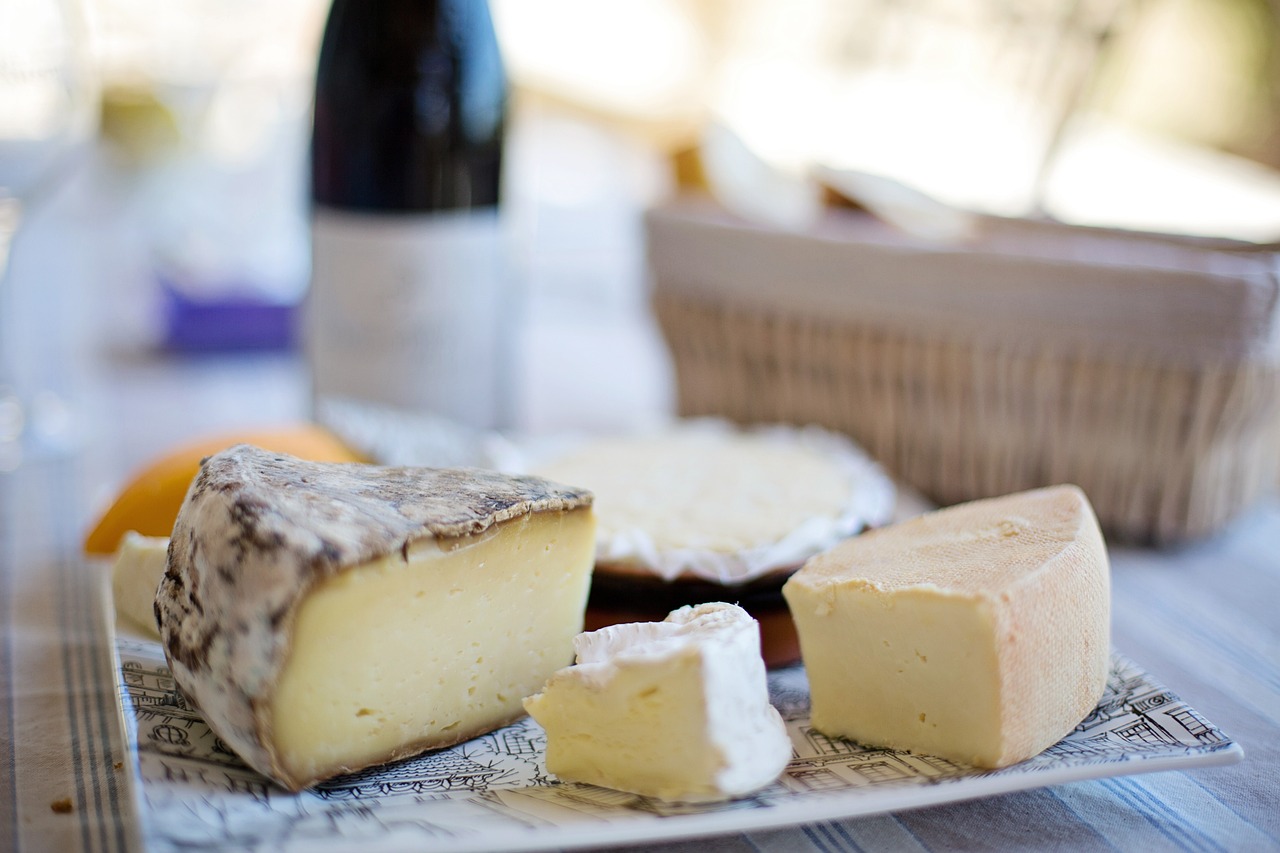
Traditional Preparation Techniques
When it comes to preparing the authentic French Bouillabaisse, traditional techniques play a crucial role in ensuring the dish's rich and complex flavors. The process begins with selecting the freshest Mediterranean seafood, such as red snapper, monkfish, and shellfish, to create a diverse flavor profile. These seafood varieties are essential for achieving the authentic taste of Bouillabaisse.
Next, the base of the stew is created by simmering fish bones, aromatic vegetables like onions, leeks, and tomatoes, along with a blend of herbs including thyme, bay leaves, and parsley. This slow simmering process allows the flavors to meld together, creating a robust and flavorful fish broth that forms the foundation of the dish.
Layering flavors is a key aspect of preparing Bouillabaisse. Each ingredient is added at a specific time during the cooking process to ensure that the flavors are balanced and harmonious. The seafood is added in stages, with firmer fish varieties going in first followed by more delicate seafood like shrimp and mussels towards the end to prevent overcooking.
Traditionally, Bouillabaisse is served in two parts. First, the broth is ladled into bowls and served with slices of crusty bread and a dollop of rouille sauce, a garlicky mayonnaise infused with saffron and cayenne pepper. The seafood is then presented separately on a platter, allowing diners to savor each element of the dish individually before combining them in their bowls for a complete dining experience.
Mastering the art of traditional Bouillabaisse preparation requires patience, attention to detail, and a deep appreciation for the culinary heritage of Provence. By following these time-honored techniques, you can create a truly authentic and memorable dining experience that captures the essence of this beloved French seafood stew.

Serving and Presentation
When it comes to serving and presenting Bouillabaisse, it's not just about the dish itself but also the experience that surrounds it. In Marseille, where this iconic seafood stew originated, serving Bouillabaisse is a communal affair, bringing people together around a steaming pot of flavors and aromas.
The traditional way to serve Bouillabaisse is in two parts. First, the rich broth is ladled into bowls filled with chunks of fish and seafood, creating a hearty and satisfying base. Then, a side dish of rouille sauce, a garlicky and saffron-infused mayonnaise, is offered alongside crusty slices of bread, perfect for dipping and savoring the flavors.
Picture this - a table filled with friends and family, eagerly anticipating the moment when the fragrant Bouillabaisse is brought to the center. The steam rises, carrying hints of the sea and herbs, while the vibrant colors of the seafood glisten under the light. It's a feast for the senses, a celebration of culinary artistry and shared moments.
For a more formal presentation, some restaurants serve Bouillabaisse in individual bowls, garnished with fresh herbs and a drizzle of olive oil. The visual appeal is just as important as the taste, creating a feast for the eyes before the first spoonful is even taken.
Pairing Bouillabaisse with the right wine is also crucial to enhance the dining experience. The acidity of a crisp white wine like a Sancerre can cut through the richness of the stew, while a robust red like Bandol can complement the depth of flavors. The interplay between food and wine elevates the meal, creating a symphony of tastes that dance on your palate.
Ultimately, serving and presenting Bouillabaisse is about more than just food on a plate. It's a cultural experience, a tradition passed down through generations, a moment of connection and joy shared with loved ones. So, next time you prepare Bouillabaisse, remember to not only focus on the flavors but also on the atmosphere you create around the table.
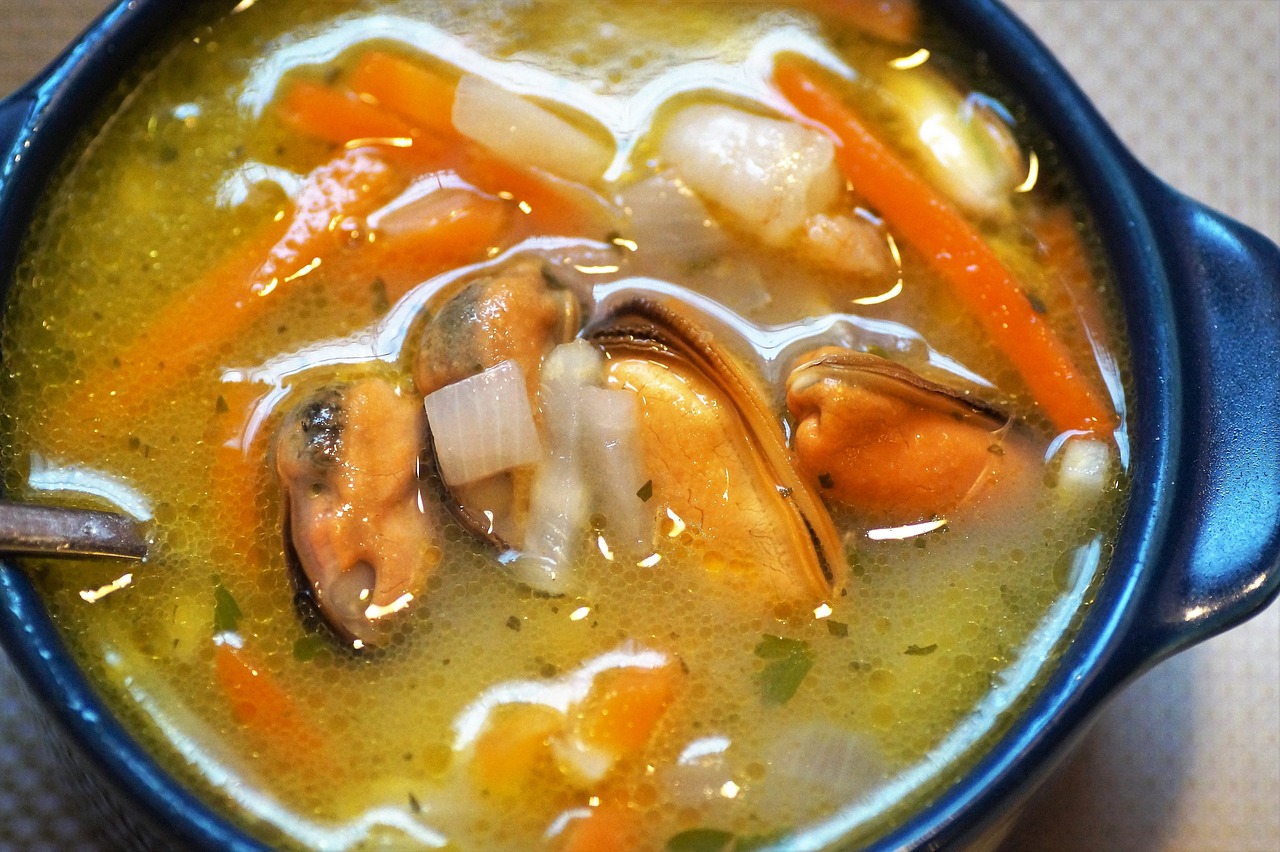
Regional Variations
When it comes to Bouillabaisse, each region in France puts its own unique spin on this beloved seafood stew, resulting in a delightful array of regional variations that showcase local flavors and culinary traditions. From the Mediterranean coast to the bustling markets of Paris, Bouillabaisse takes on different forms, highlighting the diverse seafood offerings and cultural influences of each area.
In Provence, the birthplace of Bouillabaisse, the stew typically features a rich broth made with a variety of local fish such as red mullet, monkfish, and sea bass. The use of saffron, garlic, and tomatoes infuses the dish with a vibrant color and robust flavor profile, capturing the essence of Mediterranean cuisine. Accompanied by a side of rouille sauce and crusty bread, this version of Bouillabaisse is a true culinary masterpiece.
Traveling north to Normandy, Bouillabaisse takes on a different character, incorporating the region's famous shellfish such as mussels, clams, and scallops. The addition of cream to the broth lends a velvety texture and a touch of indulgence to the dish, creating a creamy and comforting variation of the traditional stew. Served with a side of buttery brioche, Normandy's Bouillabaisse offers a decadent twist on this classic recipe.
In the bustling port city of Marseille, Bouillabaisse reflects the city's multicultural influences, with the addition of North African spices and flavors such as cumin, coriander, and harissa. This fusion of Mediterranean and North African cuisines results in a bold and aromatic version of the stew, packed with layers of complexity and heat. Served with a side of couscous or flatbread, Marseille's Bouillabaisse is a true melting pot of flavors.
Heading west to Brittany, Bouillabaisse undergoes a maritime transformation, highlighting the region's abundance of fresh seafood such as lobster, langoustines, and oysters. The addition of cider to the broth adds a hint of sweetness and acidity, balancing the richness of the shellfish and creating a refreshing and light rendition of the stew. Paired with a glass of crisp cider and a platter of fresh oysters, Brittany's Bouillabaisse is a celebration of the sea.

Wine Pairing Recommendations
When it comes to enjoying a delectable bowl of authentic French Bouillabaisse, choosing the perfect wine pairing can elevate the dining experience to a whole new level. The complex flavors of this iconic seafood stew demand careful consideration when selecting the right wine to complement its rich taste profile. Let's delve into some expert recommendations to enhance your Bouillabaisse experience.
For those who prefer white wine, a crisp and refreshing Sancerre from the Loire Valley can be an excellent choice. The vibrant acidity of Sancerre cuts through the richness of the Bouillabaisse, enhancing the flavors of the seafood and herbs. Its citrus notes and mineral undertones harmonize beautifully with the dish, creating a delightful pairing.
If you lean towards red wine, a robust Bandol from Provence can be a wonderful match for Bouillabaisse. This full-bodied wine, predominantly made from Mourvèdre grapes, offers bold fruit flavors and earthy notes that complement the hearty nature of the stew. The structured tannins of Bandol provide a nice contrast to the seafood, making each sip and bite a symphony of flavors.
For those who enjoy rosé, a dry and aromatic Tavel from the Rhône Valley can be a surprising yet delightful choice. The fruity and floral notes of Tavel add a refreshing touch to the Bouillabaisse, balancing the richness of the dish with its lively character. This versatile wine bridges the gap between white and red, offering a unique pairing experience.
When in doubt, Champagne or sparkling wine can never go wrong with Bouillabaisse. The effervescence and acidity of these wines cleanse the palate between bites, allowing you to fully appreciate the intricate layers of flavors in the stew. Whether you prefer a brut or a blanc de blancs, the celebratory nature of Champagne adds a touch of elegance to your dining experience.

Modern Interpretations and Fusion Cuisine
Modern Interpretations and Fusion Cuisine of Bouillabaisse have taken the culinary world by storm, offering a creative twist on the traditional French seafood stew. Talented chefs around the globe are reimagining this classic dish by infusing it with global flavors and innovative techniques. Picture a fusion of Asian spices with Mediterranean seafood, creating a harmonious explosion of taste in every spoonful.
One popular modern interpretation involves the incorporation of exotic ingredients like lemongrass, ginger, or coconut milk, adding a surprising depth of flavor to the rich broth. These fusion variations aim to surprise diners with unexpected combinations while still paying homage to the roots of Bouillabaisse.
Chefs are also experimenting with presentation, turning Bouillabaisse into a work of art on the plate. Imagine a deconstructed version of the stew, with each element meticulously arranged to create a visually stunning dish that tantalizes both the eyes and the taste buds.
Furthermore, the fusion of culinary techniques from different cultures brings a new level of excitement to the traditional Bouillabaisse recipe. By combining French cooking methods with Asian or Latin American influences, chefs are pushing the boundaries of flavor profiles and textures, resulting in a truly unique dining experience.

Culinary Tips and Tricks
When it comes to preparing the perfect Bouillabaisse at home, there are a few culinary tips and tricks that can elevate your dish to restaurant-quality standards. One essential aspect is sourcing high-quality seafood, preferably fresh from the market, to ensure the authentic flavors of the dish. The freshness of the seafood directly impacts the overall taste and texture of the Bouillabaisse.
Another crucial tip is to pay attention to the balance of flavors in your broth. The combination of aromatic herbs, saffron, and other seasonings should be carefully measured to create a harmonious and rich base for your stew. Simmering the broth slowly allows the flavors to develop fully, resulting in a depth of taste that is characteristic of a well-made Bouillabaisse.
When it comes to selecting the seafood for your Bouillabaisse, opt for a variety of fish and shellfish to add complexity to the dish. Each type of seafood contributes its unique flavor profile, creating a symphony of tastes in every spoonful. Remember to add the seafood in stages, starting with the firmer fish and ending with delicate shellfish to ensure even cooking.
To enhance the texture of your Bouillabaisse, consider adding a slice of toasted baguette rubbed with garlic and topped with rouille sauce. This traditional accompaniment not only adds a crunchy element to the dish but also brings a hint of spice and creaminess that complements the seafood stew perfectly.
Lastly, don't be afraid to experiment with your Bouillabaisse recipe. While staying true to the traditional techniques is essential, adding a personal touch or incorporating local ingredients can create a unique version of this classic dish. Whether it's a dash of citrus zest or a pinch of smoked paprika, small adjustments can elevate your Bouillabaisse to a whole new level of culinary delight.
Frequently Asked Questions
- What is the origin of Bouillabaisse?
Bouillabaisse originated in Provence, France, evolving from ancient Greek and Roman fish stews into the iconic dish known today for its rich flavors and cultural significance.
- What are the key ingredients in Bouillabaisse?
The essential components of Bouillabaisse include fresh Mediterranean seafood like fish, shellfish, aromatic herbs, saffron, and a flavorful fish broth base.
- How is Bouillabaisse traditionally prepared?
Bouillabaisse is traditionally prepared by selecting the freshest ingredients, simmering them together, and layering flavors to create a harmonious and delicious seafood stew.
- What is the significance of serving Bouillabaisse communally?
Serving Bouillabaisse communally enhances the dining experience by promoting sharing and social interaction, often accompanied by crusty bread and rouille sauce.
- Are there regional variations of Bouillabaisse?
Yes, there are diverse regional adaptations of Bouillabaisse across France, reflecting local seafood availability, culinary preferences, and unique twists on the classic recipe.
- What are some wine pairing recommendations for Bouillabaisse?
Pair Bouillabaisse with crisp white wines like Sancerre or robust reds such as Bandol to complement the complex flavors of the dish and enhance the overall dining experience.
- How do chefs create modern interpretations of Bouillabaisse?
Chefs innovate on Bouillabaisse by blending traditional techniques with modern influences and global ingredients, offering creative twists on the classic dish.
- What are some culinary tips for making Bouillabaisse at home?
Expert tips for perfecting Bouillabaisse include sourcing quality seafood, balancing flavors and textures, and following traditional preparation methods for an authentic dining experience.

